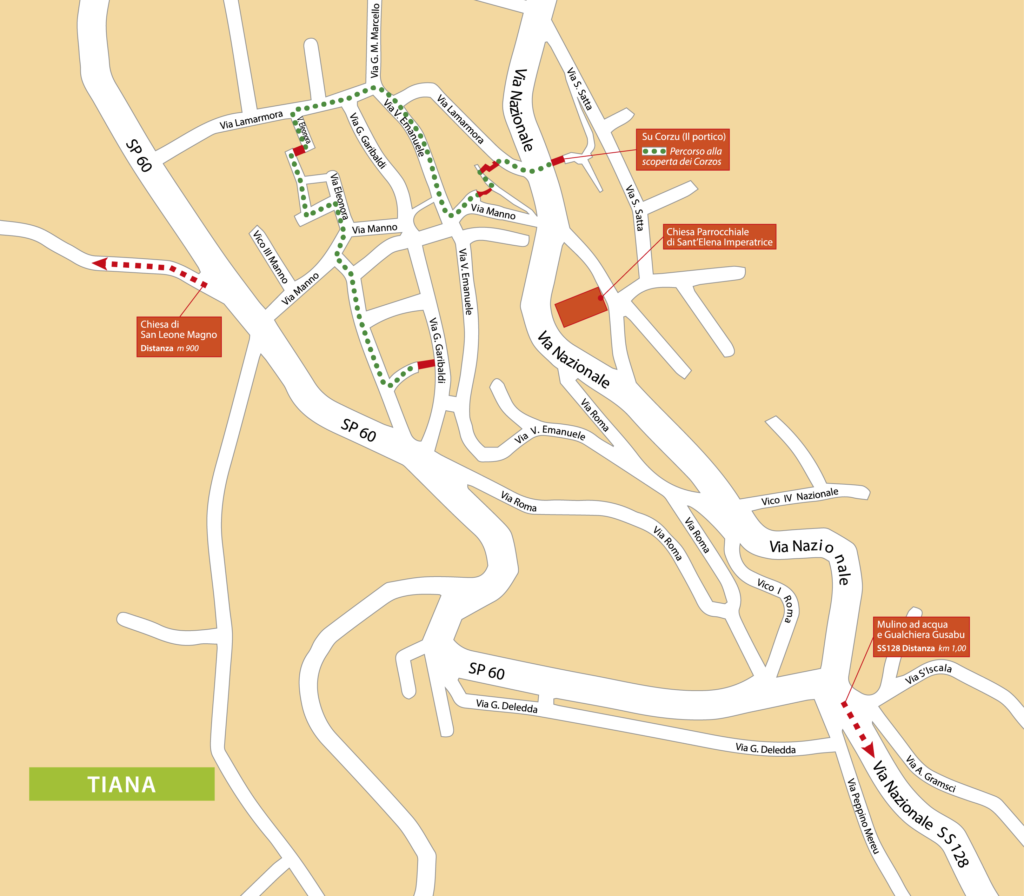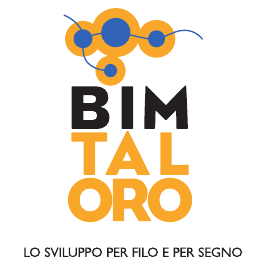Corzos
The village of Tiana was built in a natural amphitheatre sheltered on several sides by mountains that protect it from strong winds. The original centre, in the shape of an irregular triangle, retains a structure of narrow streets overlooked by one- and two-storey houses. These are stone-built and clay-bound structures that often have an external granite staircase providing access to the upper floor.
In the past, there were wooden balustrades and balconies: once they deteriorated, they were replaced by iron railings. In some houses, the original chestnut-wood fixtures are still preserved, and entrance doors have small openings at the bottom to allow the entry and exit of domestic animals such as cats, but also chickens, which, in other times, were not uncommon in homes.
Typical of some of the dwellings are the so-called corzos: rooms built as bridges over narrow alleys to join two buildings, belonging to the same owner, that stood opposite each other. This type of housing used to be very popular because it allowed people to connect adjacent houses and extend their living space without incurring excessive expense.
Today, only five examples of this distinctive architecture remain in the village, because many houses have been radically altered or have simply fallen into disuse.
The first opens onto a recently restored building on the main street; it is painted in bright colours that were previously widely used to decorate houses in the village, both in the interiors and in the window displays, which are often surrounded by bright shades of blue or pink.
Going down into the alleys, there are other walkways, often built because of the need to adapt small dwellings to the morphology of the terrain, neighbourhood divisions, and the need to optimise the space of homes without an excessive use of raw materials and resources. One of the corzos is distinguished by a very narrow, winding entrance, a sort of bottleneck that barely allows one person to pass through, and then widens at the point where the actual portico is located.
Text by Laura Melis

 BIM TALORO
BIM TALORO